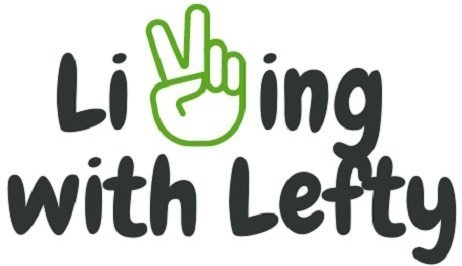Can you make a right handed guitar left handed? Technically yes, but practically, you probably shouldn’t. This article explains why.
It is not necessary that you need to buy a left-handed guitar, as it is possible to flip a right-handed guitar and use it as a lefty. This is a little easier if the guitar is symmetric. In such cases, the first thought you may have is to just change the strings around. Still, it would be best to consider the other parts of the guitar as well, which may need replacing to ensure reliable intonation and ease of playing, among other things.
It is equally important to understand the lack of love the market has for left-handed guitars. Left-handed guitars are rare to find, and many guitar shops do not even stock one. If you are lucky to find one, then it may be a model that’s not the best fit for you.
However, you must take into account that the guitar is one of the best instruments for a left-hander to learn because the right hand can be easily trained to be just as dexterous while fretting. If you choose to learn to play guitar in the normal way, i.e. to strum with your right hand, then your left hand may pick up complex fretting patterns more easily.
In addition to our guide on parts of the guitar that are affected by handedness, this article will help you decide whether it is better to buy a right-handed guitar and convert it (even how to do that) or just buy a left-handed guitar. We also have a guide that explains a right-handed guitar vs. a left handed guitar in terms of positioning of various parts. We also have a helpful resource if you’re unsure of your options for playing guitar left-handed.
Table of Contents
How to Change a Right Handed Guitar to Left Handed
Similar to right and left-handed violins, if you want to make a right-handed guitar a left-handed one, you can’t just restring it. Different things need to be changed depending on the type of guitar. Conversely, a cello can’t be altered for a left-hander because that would damage the instrument.
The Nut
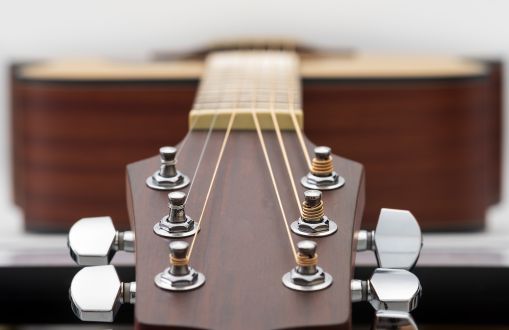
A guitar or bass’ nut, a small piece of material between its headstock and the fretboard, is vital to getting the best out of your instrument.
One of two anchor points that make up the length of string that vibrates and produces sound is the nut. String spacing, distance from the edge of the fingerboard, and height above the first fret are all adjusted by it. It has grooves that the strings sit in while guided from the tuning keys down the neck. It will have wider slots for the thicker low note strings and narrower slots for the higher note strings.
In classical and some acoustic guitars, the design of the nut allows you to just flip it around when you flip the strings around, but there may be times when that may not be the case. Then, a left-handed nut will come to your rescue, as
You most probably want this done by a professional. But if you’re going to do it yourself, you need to start by placing some padding beneath the body and headstock of the guitar. Then, you need to remove the nut using a razor blade. Follow this by cleaning the nut channel, if required. Lastly, just place a left-handed nut there. Left-handed nuts are not as common as right-handed, but you won’t have a lot of difficulty in finding one. I’d recommend opting for one made of bone rather than plastic.
The Bridge and Saddle
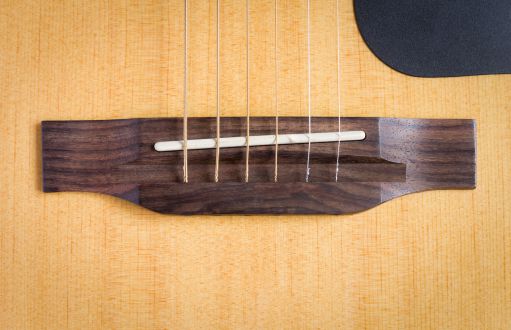
The saddle of the guitar is another potential issue. The thin strip is made from either plastic or bone seated in the wooden bridge and it helps transmit the strings’ vibrations to other parts of the guitar. The bridge has holes and serves as the second anchor point of the strings, while the saddle raises the strings to the desired height. The height of the saddle can be fixed or adjustable and it determines the “action”, which is the distance between the fretboard and the strings.
Classical guitars normally have saddles that sit straight across the guitar’s body. Therefore, even when it is flipped, the inherent intonation points do not change at all.
Acoustic guitars have saddles that are slanted at an angle so you can’t just flip an acoustic guitar and make it left-handed and leave the bridge and saddle as is. You will need to either get a left-handed compensated saddle or reverse the bridge saddle.
Reversing the bridge saddle involves filling in the existing slot for the bridge saddle and repositioning it at a reversed angle. Again, it would be best to leave this to a skilled professional as the chances of harming your instrument are very high.
Electric guitars like the Fender Stratosphere have a straight bridge, so all you have to do is adjust the intonation screws and it’ll be good to go for lefties. When guitars such as Gibsons are flipped, the intonation points change due to the bridges being slanted at an angle and are almost impossible to tune.
Fret Markers
The placement of fret markers on the side of the neck facing the top is another issue that you might encounter, but only on some guitars. Fret markers act as a visual guide to help you quickly find any position on the fretboard as you play chords and scales. They are especially useful if you’re a beginner.
You probably don’t have to worry about this if you’re a beginner left-handed acoustic guitar player, as steel-string acoustic guitars and many electric guitars have inlay markers across the face of the fretboard so that they’re visible no matter which way you play the guitar. However, some guitars don’t have dot or inlay markers on the fretboard itself. Instead, they will have dots on the side of the neck facing upwards, making them completely invisible to those playing left-handed. Purchasing a set of dot decals to stick to the side of the neck in the correct fret positions is the easiest way to address the problem. If you wish to do a relatively professional job, you can purchase fret marker strips and drill each fret’s center.
Pick Guard
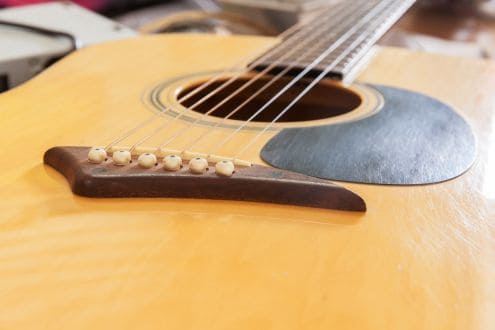
When you convert your right-handed guitar to a left-handed guitar, the pickguard, if there is one, will be on the wrong side. To solve that, you just need to replace it with a new pickguard on the right side.
Removing the pickguard on a newer guitar is not much of a task. For that, you just need to keep manipulating one of its corners until a small section lifts up and then just continue to work the edges until you can safely remove it without damaging the guitar. On the contrary, on older guitars, removing it exposes the unfinished wood and leaves tan lines.
Soundhole Pickup
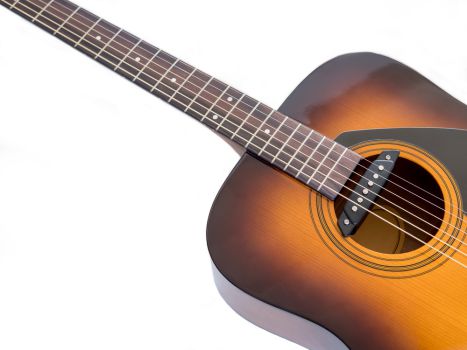
If your acoustic guitar has a soundhole pickup, you may notice that pole pieces are raised for the lower strings and recessed for higher strings. If these pieces are adjustable, then all you need to do is reverse their heights.
If that is not the case, you might have to swap the orientation of the pickup and make some adjustments to the cable. Considering the range of pickups, it’s probably best to get advice on this first.
Other Hardware
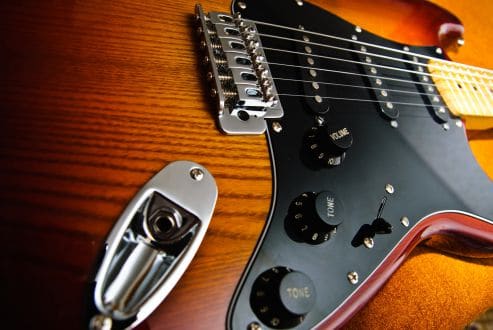
The placement of other hardware is another drawback but is mainly related to electric guitars and bass guitars. When holding a right-handed guitar upside down, the volume/tone knobs and the pickup selector switch will sit right underneath your forearms, leading to accidentally moving knobs while playing. Your guitar’s tremolo bar (if it has one) will also be on the opposite side, making you either adapt to a new style of playing so as not to accidentally hit the tremolo bar or just not use the bar completely. As a beginner lefty electric guitar player, this will be even harder to avoid.
Even the pots will operate in the opposite direction. A simple rewiring can fix it or you can buy left-handed pots.
Similarly, your front strap peg will need to be adjusted if you want to use it with a strap. Additionally, you don’t want to have anything poking you if the input jack is in an awkward position.
Related article: Can a Left Handed Person Play the Flute
Things to Keep in Mind
There are a lot of issues when thinking about restringing a right-handed guitar left-handed. The resale value is likely to get lowered because you mess with the layout of the guitar. Also, you need to revert the guitar to its original state to sell to a righty. There is every chance of you damaging your guitar while converting. The internal bracing is non-symmetrical because its job is to balance the string tensions. Even flipping the string order adversely affects the tone of the guitar because of this. In the long term, it will become warped, as the string tensions now make it imbalanced.
You further need to hire a professional luthier to convert a right-handed guitar to a left-handed one properly. You will also need to pay extra for the hardware used and the fee charged by the professional, leading to an increase in the overall cost of the instrument.
Left Handed Neck on Right Handed Guitar
You might just replace the neck of your favorite right-handed guitar with a left-handed neck. Other than the neck, the rest of your guitar remains intact. This way, you get the original layout of the guitar without any adjustments. This might seem like a win-win situation, but it also has its downside. Replacing the neck is very expensive as well as it leading to difficulty in tuning.
Since all of this sounds like a lot of work, the best advice is to sell your right-handed guitar and use the money to buy a genuine lefty.
Changing a Right Handed Guitar to Left Landed: Pros and Cons
Reference: List of Musicians who Play Left-handed
